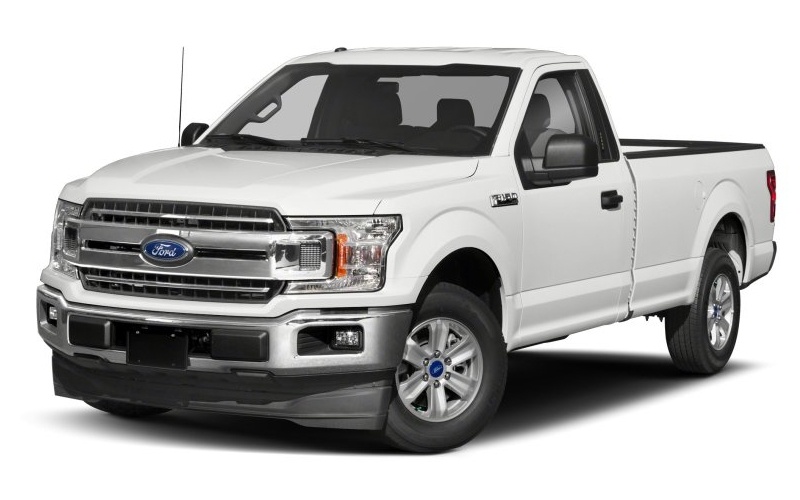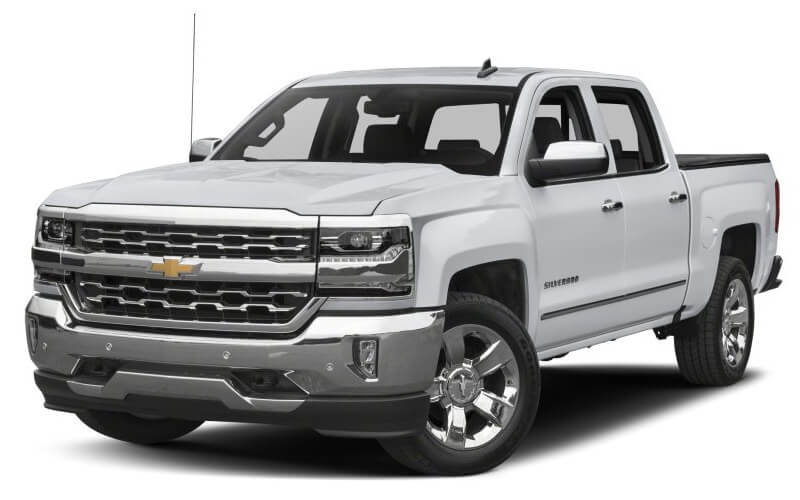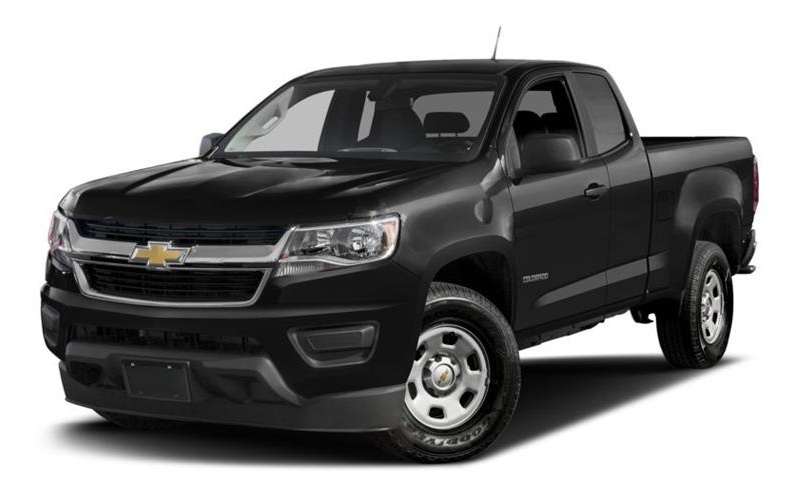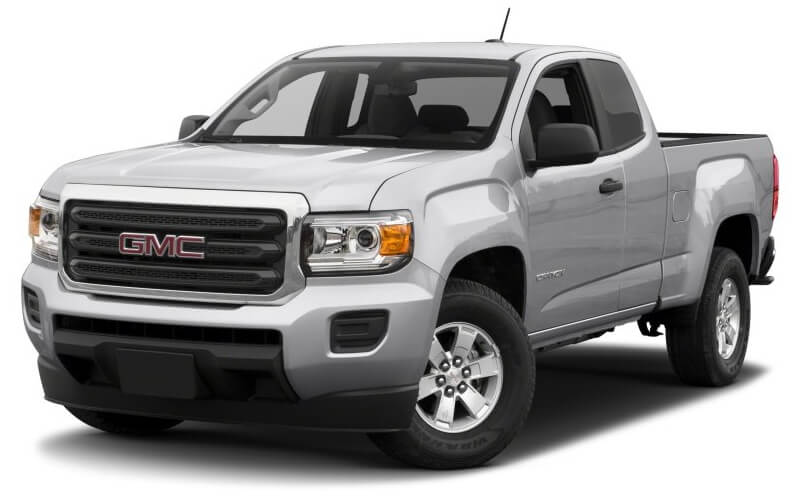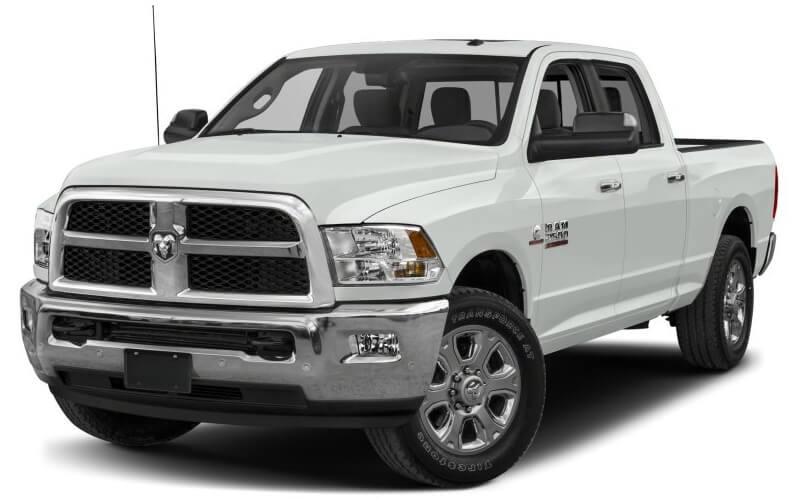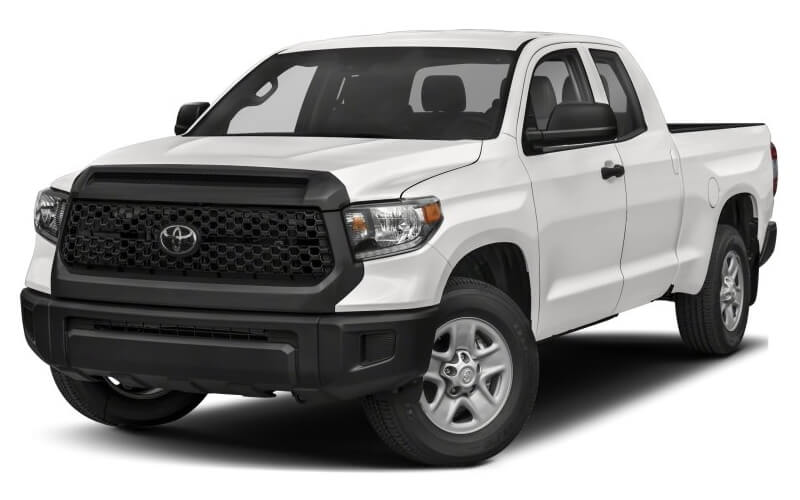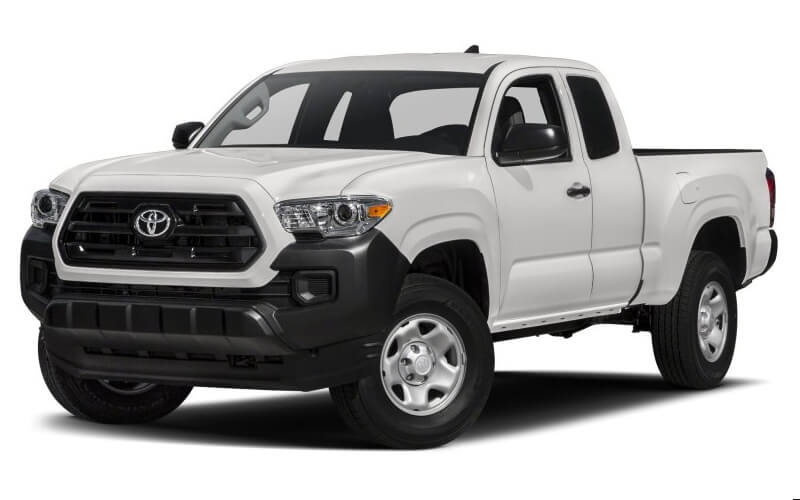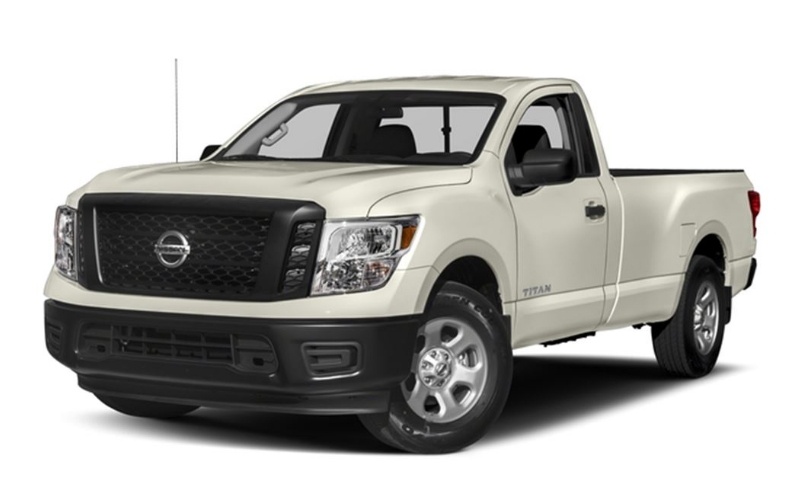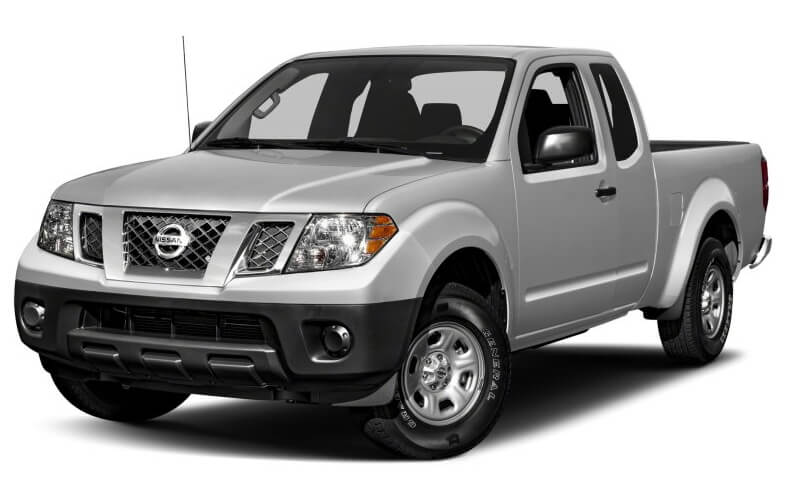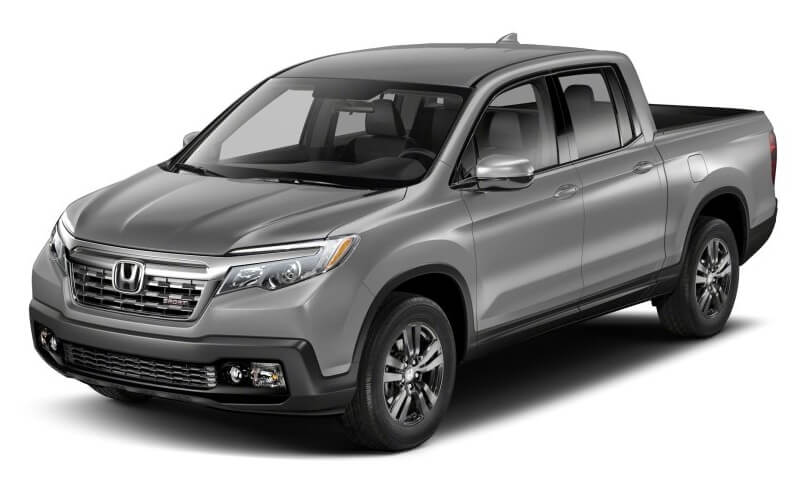D-ring Shackles [Types, Materials & Specs]
D-ring shackles are a small yet mighty tool in the world of towing, rigging, and heavy lifting. They might look simple, but these shackles play a pivotal role in ensuring the safety and efficiency of various operations, from industrial lifting to off-road recovery. The journey of the D-ring shackle is a testament to human ingenuity. Originating from ancient lifting and rigging needs, these shackles have evolved in design and material to meet modern demands.
![D-ring Shackles [Types, Materials & Specs] Split D Ring Shackles 45,000lb Break Strength, 3/4 Recovery](https://i.ebayimg.com/images/g/1FMAAeSwdr5opfIF/s-l225.jpg)
![D-ring Shackles [Types, Materials & Specs] Mega D Ring Shackles 80,000 Lbs Capacity Heavy Duty 3/4” Shackle with 7/8 Pin](https://i.ebayimg.com/images/g/lWgAAeSwUlNpCPKu/s-l225.jpg)
Mega D Ring Shackles 80,000 Lbs Capacity Heavy Duty 3/4” Shackle with 7/8 Pin
![D-ring Shackles [Types, Materials & Specs] Mega D Ring Shackles 80,000 Lbs Capacity Heavy Duty 3/4” Shackle with 7/8 Pin](https://i.ebayimg.com/images/g/0fAAAeSwVpBpKd3m/s-l225.jpg)
Mega D Ring Shackles 80,000 Lbs Capacity Heavy Duty 3/4” Shackle with 7/8 Pin
![D-ring Shackles [Types, Materials & Specs] D Ring Shackles 3/4" (2 Pack) - 45,000Ib Max Break Strength with 7/8" Pin & Isol](https://i.ebayimg.com/images/g/4VcAAeSwjkBpDLRe/s-l225.jpg)
D Ring Shackles 3/4" (2 Pack) - 45,000Ib Max Break Strength with 7/8" Pin & Isol
Types of D-ring Shackles
- Design Variations. From bow to anchor shackle designs, each type of D-ring shackle serves a specific purpose. Understanding these designs is crucial for their effective application.
- Material Choices. The strength and durability of a shackle significantly depend on its material. Common materials include steel and alloy, each offering distinct benefits under different conditions.
![D-ring Shackles [Types, Materials & Specs] A D-shackle attached to a vehicle equipped with a strong off-road bumper](https://tow-hooks.com/wp-content/uploads/2023/11/A-D-shackle-attached-to-a-vehicle-equipped-with-a-strong-off-road-bumper.jpg)
Screw Pin vs Bolt Type Shackles
A galvanized D-ring shackle is superb for uses like towing, recovery, and hitching, earning it various names in the industry such as a clevis shackle, hitch shackle, or tow shackle. Remember, D-ring shackles are designed primarily for straight-line pulling since pulling from the side can cause these D-shaped shackles to twist or bend.
You can find D-ring shackles in two styles: the screw pin and the bolt-type, both featuring a galvanized finish for resistance against common corrosion and rust. For those in need of a D-ring shackle suitable for damp or marine environments, we also offer a range of stainless steel shackles.
- Screw Pin D-ring Shackles. These are ideal for use with web towing and recovery straps. When used with a chain, they provide a secure connecting link to other hardware. However, using them only with single-leg web straps and chain lengths is essential, as using multiple legs can lead to dangerous side-loading conditions.
- Bolt-type D-ring Shackles. These shackles are generally preferable over screw pin models in two scenarios: for long-term or more permanent setups, and when there’s a risk of the load sliding on the shackle pin, potentially causing the shackle to rotate. Their use of a bolt/nut/cotter pin combination is why these bolt-type shackles are also referred to as safety anchor shackles.
Key Features
- Strength and Load Capacity. The core value of a D-ring shackle lies in its strength and load capacity. These factors determine its suitability for various tasks and environments.
- Safety Factors. Safety is paramount when it comes to using D-ring shackles. Features like pin-locking mechanisms and load-rated capacities are crucial for safe operations.
![D-ring Shackles [Types, Materials & Specs] Steel D-ring shackles for heavy-duty use](https://tow-hooks.com/wp-content/uploads/2023/11/Steel-D-ring-shackles-for-heavy-duty-use.jpg)
Selecting the Right D-ring Shackle
D-ring shackle mounts are a crucial component for any serious towing, recovery, or off-roading setup. These mounts provide a sturdy, reliable anchoring point for D-ring shackles, ensuring that whatever you’re towing is securely attached to your vehicle. Typically made from robust materials like heavy-duty steel, these mounts are designed to withstand substantial loads and stress, making them an indispensable tool for any tough job or adventure.
What sets these mounts apart is their versatility and ease of installation. They can be easily bolted onto most bumpers, recovery points, or towing setups, making them a straightforward yet effective addition to your rig. Plus, with a variety of designs and finishes available, you can choose one that not only serves its practical purpose but also complements the aesthetic of your vehicle. Whether you’re pulling a friend out of a muddy trail or transporting heavy equipment, these mounts ensure that your D-ring shackles are anchored securely, giving you peace of mind in any situation.
Another great aspect of D-ring shackle mounts is their compatibility with a wide range of vehicles. From rugged off-road trucks to utility vehicles, these mounts can be a game-changer, enhancing the vehicle’s towing capabilities. And it’s not just about functionality – they also add an element of safety. By providing a secure, fixed point for shackles, they reduce the risk of slippage or breakage under load. So, whether you’re an off-road enthusiast or a professional in towing and recovery, these mounts are a reliable addition to your toolkit, ready to take on the challenges of any demanding environment.
![D-ring Shackles [Types, Materials & Specs] a vehicle equipped with a D-ring shackle](https://tow-hooks.com/wp-content/uploads/2023/11/a-vehicle-equipped-with-a-D-ring-shackle.jpg)
- Size and Capacity Considerations. Choosing the right shackle involves understanding the weight and nature of the load. This section will guide readers through selecting the appropriate size and capacity.
- Application-Specific Selection. Different tasks require different shackles. We’ll provide insights into choosing shackles based on specific applications, from marine to off-road use.
3/4 vs 1/2 D-ring Shackles
Diving into the specifics, the 3/4 and 1/2 D-ring shackles are two common sizes that cater to different towing and recovery needs. The numbers “3/4” and “1/2” refer to the diameter of the shackle’s bow or loop. The 3/4-inch shackle is typically more robust, designed for heavier loads and more demanding situations, while the 1/2-inch shackle is better suited for lighter duties.
3/4 D-ring Shackles: These are the go-to choice for heavy-duty tasks. With a thicker diameter, they offer higher strength and are capable of handling the stress of off-road recoveries, heavy equipment towing, and industrial applications. The best materials for these shackles are usually high-strength steel or alloy, as they provide the necessary durability and load-bearing capacity. When it comes to coatings, a galvanized or powder-coated finish is ideal for preventing rust and corrosion, especially in wet or salty environments, which are common in off-road and marine applications.
1/2 D-ring Shackles: These shackles are more suitable for lighter tasks. They are commonly used in less demanding situations like small vehicle towing, ATV recoveries, and general utility use. Despite their smaller size, it’s still important to opt for high-quality materials like alloy steel to ensure reliability and safety. For coatings, similar to the 3/4 shackles, galvanization or powder coating offers excellent protection against corrosion and extends the shackle’s lifespan.
![D-ring Shackles [Types, Materials & Specs] Heavy-duty D-ring shackle for off-road use](https://tow-hooks.com/wp-content/uploads/2023/11/Heavy-duty-D-ring-shackle-for-off-road-use.jpg)
Selecting the Right Size for Different Purposes:
- For off-road adventures and situations where you might be pulling out stuck vehicles or dealing with uneven terrain, the 3/4 D-ring shackle is your best bet. Its robust build can handle the dynamic loads and stresses involved in such scenarios.
- In contrast, if you’re dealing with lighter towing tasks, like moving small trailers or ATVs, a 1/2 D-ring shackle should suffice. It’s easier to handle and perfectly adequate for less strenuous applications.
- For industrial or heavy-duty applications, always go with the 3/4 size for its superior strength and reliability.
Usage Guidelines
- Proper Handling and Operation. Using a D-ring shackle correctly is essential for safety and efficiency. This section will cover the best practices in handling and operating these shackles.
- Common Mistakes to Avoid. Even experienced users can make errors. We’ll highlight common mistakes and how to avoid them, ensuring safer and more effective shackle use.
- Regular Inspection. Routine checks are vital for maintaining the integrity of D-ring shackles. We’ll discuss what to look for during inspections.
- Cleaning and Storage. Proper cleaning and storage prolong the life of shackles. Tips on maintenance routines will be shared here.
- Real-World Applications. Industrial and marine environments demand reliable equipment, and D-ring shackles are up to the task. This section will also explore their role in off-roading and recovery scenarios, showcasing their versatility.
Our Personal Experience and Testing. Based on our observations and field tests, we’ll share insights and practical knowledge about using D-ring shackles in various conditions. Our experience has shown us the do’s and don’ts of shackle usage.
![D-ring Shackles [Types, Materials & Specs] d ring shackle attached to a vehicle's hitch receiver](https://tow-hooks.com/wp-content/uploads/2023/11/d-ring-shackle-attached-to-a-vehicles-hitch-receiver.jpg)
Final Thoughts
We’ll revisit the key points discussed in wrapping up, solidifying the reader’s understanding of D-ring shackles. We aim to leave the reader with a comprehensive view of these essential tools, equipped with the knowledge to use them effectively and safely.
As we wrap up this deep dive into the world of D-ring shackles, it’s clear that these small but mighty tools are more than just metal loops; they’re the unsung heroes in the world of towing and recovery. Whether you’re an off-road enthusiast tackling rough terrains, a professional in heavy-duty towing, or someone who enjoys weekend adventures, understanding the nuances of D-ring shackles can make a significant difference in your endeavors. From the rugged durability of the 3/4-inch shackles to the versatility of the 1/2-inch varieties, each size and type plays a unique role in ensuring your activities are carried out safely and efficiently.
In essence, D-ring shackles are a testament to the importance of choosing the right equipment for the job. Their strength, reliability, and versatility make them indispensable in various scenarios. So, the next time you’re gearing up for an adventure or a tough task, remember the vital role these shackles play. With the knowledge you’ve gained here, you’re now better equipped to select the right D-ring shackle for your needs, ensuring your operations are not just successful, but also safe. Here’s to many more successful towing and recovery operations with your trusty D-ring shackles by your side!

